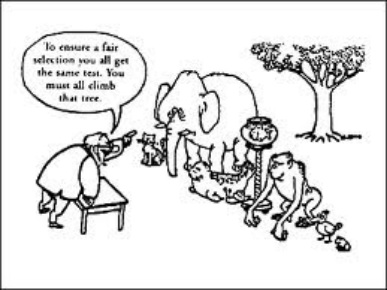Maximize Learning Floating Teacher Tips for Success
Floating Teacher Tips for Success
Floating teachers, also known as substitute teachers, play a crucial role in the education system. They step into various classrooms, often at a moment’s notice, and are expected to keep the learning momentum going. If you’re new to this role or looking to enhance your skills, these floating teacher tips will help you maximize learning and create a positive impact in every classroom you enter.
Preparation is Key
One of the most important aspects of being a successful floating teacher is preparation. Since you might not always know which classroom you’ll be in or what subjects you’ll be teaching, it’s vital to have a “floating teacher bag” ready. This bag can include essentials like lesson plan templates, classroom management strategies, a variety of activities for different age groups, and even some backup materials in case technology fails. Being prepared allows you to enter any classroom with confidence.
Familiarize Yourself with School Policies
Each school has its own set of rules and procedures, and as a floating teacher, you’ll need to adapt quickly. Before stepping into a new classroom, take the time to familiarize yourself with the school’s policies on behavior management, attendance, emergency procedures, and any other important guidelines. This knowledge will help you maintain consistency and earn the respect of both students and staff.
Connect with Regular Teachers
Building a good relationship with the regular teachers at the schools you float to can make a world of difference. They can provide valuable insights into the students’ learning styles, classroom dynamics, and any specific needs or challenges to be aware of. Take the opportunity to collaborate with them on lesson plans or activities that align with what the students are currently learning.
Create a Positive Classroom Culture
As a floating teacher, you have the chance to create a positive and inclusive classroom culture wherever you go. Set clear expectations from the beginning, emphasizing respect, kindness, and participation. Use positive reinforcement to encourage students to stay engaged and motivated. Remember, a welcoming and safe environment is conducive to effective learning.
Be Flexible and Adaptable
Flexibility is perhaps the most essential trait of a successful floating teacher. You might encounter unexpected changes in schedules, lesson plans, or even classrooms. Stay calm, think on your feet, and be ready to adapt to any situation that arises. This ability to go with the flow will not only benefit you but also inspire confidence in the students and regular teachers.
Utilize Engaging Teaching Strategies
To keep students excited about learning, incorporate a variety of engaging teaching strategies into your lessons. Use multimedia resources, group activities, hands-on projects, and interactive discussions to cater to different learning styles. The more interactive and dynamic your lessons are, the more likely students are to stay focused and retain information.
Build Strong Relationships with Students
Even though you may only be in a classroom for a short period, take the time to build connections with the students. Learn their names, show genuine interest in their





 Superintendent Dr. Donna Jahnke reminded the Board and those attending the meeting that Friday, Feb. Comfort earned bachelor’s degrees in English and English education from The Ohio State University. The English East India Company launched the English education from the period of second quarter of nineteenth century. Thanks so much guys, I will see you at the May 31 board assembly and all through this summer! The accreditation charges, state licensure, hosting, et-al… are all wrong, not to mention numerous primary operating prices that are not even recognized. Continued or repeated accusations in opposition to staff of the District by Charles Sellers is having a negative effect on students and education. I watched the Special Assembly” referred to as by the PUSD College Board to deal with the problems surrounding the Data Breach”.
Superintendent Dr. Donna Jahnke reminded the Board and those attending the meeting that Friday, Feb. Comfort earned bachelor’s degrees in English and English education from The Ohio State University. The English East India Company launched the English education from the period of second quarter of nineteenth century. Thanks so much guys, I will see you at the May 31 board assembly and all through this summer! The accreditation charges, state licensure, hosting, et-al… are all wrong, not to mention numerous primary operating prices that are not even recognized. Continued or repeated accusations in opposition to staff of the District by Charles Sellers is having a negative effect on students and education. I watched the Special Assembly” referred to as by the PUSD College Board to deal with the problems surrounding the Data Breach”.


 …
…



